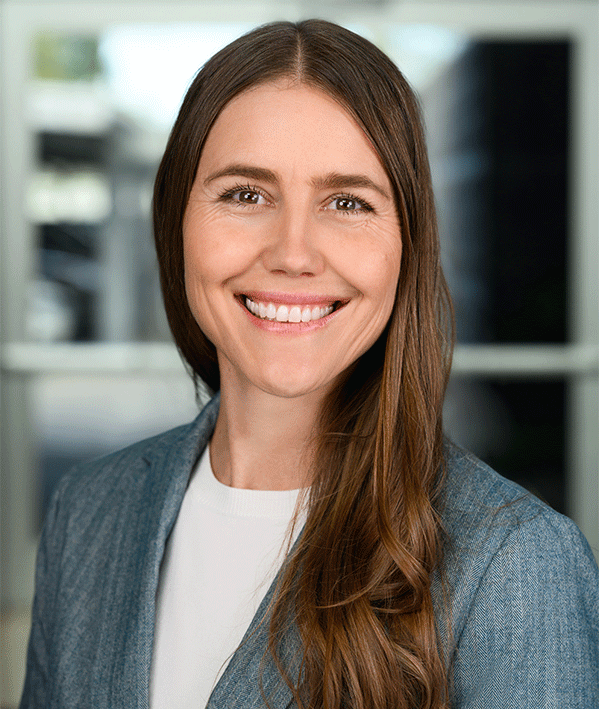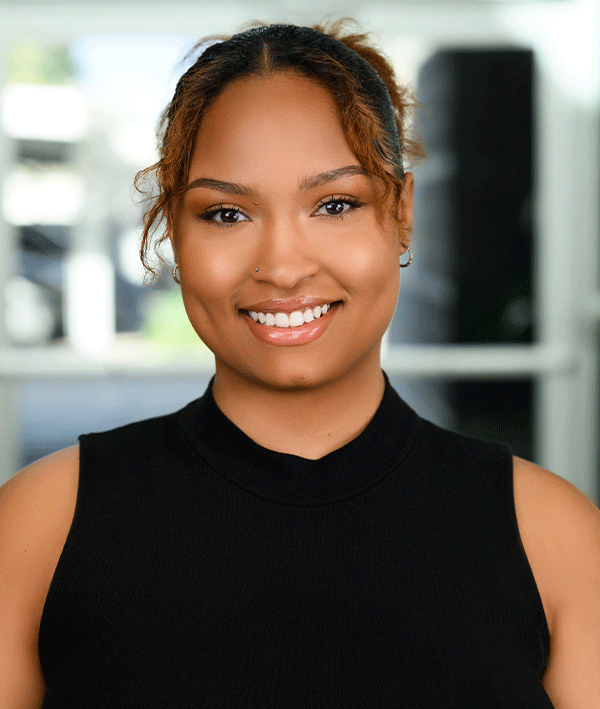Flinn Scholars
On the Road 2010: Day Twelve
Each summer the Flinn Scholars Program takes an entire class of Scholars to Budapest, Hungary, and neighboring Romania for a three-week seminar on the emerging democracies of Eastern Europe. Here’s a day-by-day account.
Blake Thomson ('09)
The day began when I rolled over, grunted at the bright sunlight, and opened my eyes. I was more than slightly surprised to find myself in a genuine Mongolian Yurt next to a couple of groggy Hungarians. Soon after, I was listening to a lecture about competition in the international context given by a professor who had a stint at Stanford for her research. A few hours later I was watching two separate men with Ph.D.'s demonstrate how to manipulate lasers to perform different tasks at the microscopic level. Then I mailed a few postcards and ate gelato amidst a sea of people, hoping to escape the mercilessly hot sun's rays (by Hungarian standards, of course). Needless to say, it's been a good day. But let me explain...
Yesterday we spent the day at a horse ranch in the city of Szeged, where we currently are staying. While there, we had the opportunity to ride horses and practice archery (not at the same time, unfortunately) with a small group of Hungarian students. At night we slept in yurts -- somewhat portable tents used by nomads when traveling, of which two styles were offered: Kazakstakstani (that doesn't sound correct...) or Mongolian, and I slept in the latter.
Depending on how well-versed you are on the topic of yurts (you never know with Flinn kids...), you may or may not know that yurts are not necessarily famous for keeping sunlight out. This fact facilitated our waking up on time for an early breakfast, however bitterly. After a day of riding horses, shooting arrows, and "collecting" firewood (read: walking into the forest and helplessly dangling from tree branches until they broke off), I would describe our smell collectively as "not up to the standards of civilized society." I'll leave it at that.
Anyways, we were all dying for showers and were told we would have about 45 minutes to shower when we got back to our hotel. There were technically showers at the horse ranch but... well, let's just say that we were justified in electing not to use them. So we rushed through our breakfast of meat, bread and yogurt in order to get on the bus as quickly as possible to ensure sufficient time for showering. Galen remarked that this might be our first breakfast of this trip with no salami or unidentifiable sausages present. I replied that this was almost true, with the caveat that vegetarians still needed to be wary of the cheese; it was "bacon flavored," with bits of meat in it. Close enough.
We arrived back at the hotel about a half hour later and parted ways with the Hungarian students, rushing inside to get dibs on the shower. After enjoying a quick shower, we set off to get to our first lecture. The Tisza River separates the area where our hotel lies and the main downtown district of Szeged, so it is about a half hour walk, and a fairly scenic one at that.
Our first speaker of the day, Márta Fülöp, discussed competition in the academic context from an international perspective. She had done research in Hungary, the United States, Japan, and Canada, among others. The results of her work were fascinating. As it turns out, Americans generally view competition in a more positive light than Hungarians do. We also care a heck of a lot more about competitive sports than they do (not everyone can have the Suns, Diamondbacks, Coyotes, and Cardinals to represent their state...). Even more interesting was the fact that Hungarians tend to see competition as a somewhat dangerous reality, one that often leads to immorality and resentment.
The presented research showed that Hungarians emphasize beating out others when competing, rather than improving themselves, while the Japanese focus on self-improvement in competition. Hungarians also associated winning with negative feelings as well; namely, fear (fear) of loser's envy. We all had a hunch that the somewhat recent governance by socialism had something to do with it. Going from a socialist society in which employment is near 100% and no one really needs to compete for anything directly to a free-market economy in which getting the edge on others makes all the difference certainly isn't an overnight process. And it isn't without ramifications.
One final note about competition, a bit of a fun piece of trivia: Hungarians use the English word for "loser," but have their own word for "winner." Ideas as to the implications of not having a word for being a loser until us Americans "enlightened" them? You're welcome, Hungary. With that and the Lady Gaga music they play everywhere, I'd say they really owe us one.
Anyway, after the talk we went out to lunch at the nearby Brnoi étterem (the Hungarian word for restaurant). Can anyone guess what we had for lunch? At the time of my writing this, only 2 blog entries have been posted, and neither of them have mentioned this fact, so I don't feel like I am beating the subject to death: we had fried chicken with french fries and rice. Fried chicken and some form of potato seems to be either the quintessential Hungarian treat or the only safe bet with a group of 17 American teenagers. Either way, the gelato:fried chicken ratio in our diet seems to be getting exponentially larger by the day. I'm not complaining.
After lunch we had our second round of talks, this time at Szeged's Biological Research Institute, with a lecture focusing on biophysics. It was all a little over my head, but the basic premise was that lasers can be used to create very small things with great accuracy. I think. To be honest, as far as I was concerned, about 95% of what they showed us in their laboratory demonstrations was magic.
One researcher wrote the word "hello" on an infinitely small scale on a glass slide. Another researcher fashioned a microscopic 3D object with a different laser. We also were shown a fluorescent light that turned on and off seemingly by magic when it passed into a machine which emitted some kind of gas. I felt like one of the awe-inspired villagers at the beginning of Gabriel Garcia Marquez's 100 Years of Solitude, when the procession of foreigners with seemingly magical inventions (like ice) comes through town. I couldn't understand what they were doing, but I thoroughly enjoyed it.
Luckily, Derek happens to be interested in lasers and knows a lot about them (Flinn kids...) so there was no shortage of comprehensible questions, allowing the rest of us to avoid being put on the spot. All in all, a pretty solid set of lectures. And then free time ensued.
Free time began with a beeline to our (by "our" I literally mean all of us) favorite gelato spot for a scoop. Or three, depending on who you ask. Among the most popular flavors are the Ferrero Rocher, the vanilla, the karmell, and the very mysterious mint named "after eight." I think I can speak for all of us when I say that I'm not used to my mint gelato having menthol in it; we all reveled in the oddity, and I'd call that an excellent bonding opportunity if I ever saw one.
I then parted ways with the group, namely Michael by this point, and headed to the 24/7 internet cafe. Upon entering I found that I was not alone, as I was greeted by Ben, Sachi and Allison, and Galen soon stepped in as well. Although the Hungarian keyboards have the "z" and "y" keys switched, as well as hidden apostrophe and exclamation point keys, I nonetheless started my blog entry with a sense of adventure. After typing "verz" and "reallz," along with a "civiliyed," I got Ben to tell me how to change the keyboard to American-style so I could stop abusing the backspace key. I wimped out.
After catching up on email I headed back out to the gelato spot, called A Capella, which by now is our main meeting point. After milling around and eating yet another scoop of gelato, we decided to go out to dinner at a fish restaurant mentioned in our Lonely Planet guide. Michael, Emma, Nesima, Derek, Catherine and I all tried the fish, and we thoroughly enjoyed it. Tisza River is filled with good eats.
We then headed out to meet up with other Flinns and Hungarian students at a nightclub, but seeing as it was about 11:30 P.M. and we have to be up at 7 tomorrow, we decided to head back instead. I gotta say, I don't regret that decision.
The opportunity to sleep in a bed in a hotel becomes pretty attractive after waking up to a roof made of felt and walls made of sticks (you read up yurts, didn't you?). So I suppose it'd be pretty responsible of me to go to bed early tonight and get a good night's rest. But I think I hear my fellow Flinns down the hall, and the laughter is so inviting, and it's not really so very late, and everyone is heading in different directions in the next few days and months and years, and after all, we're only here once... right?


